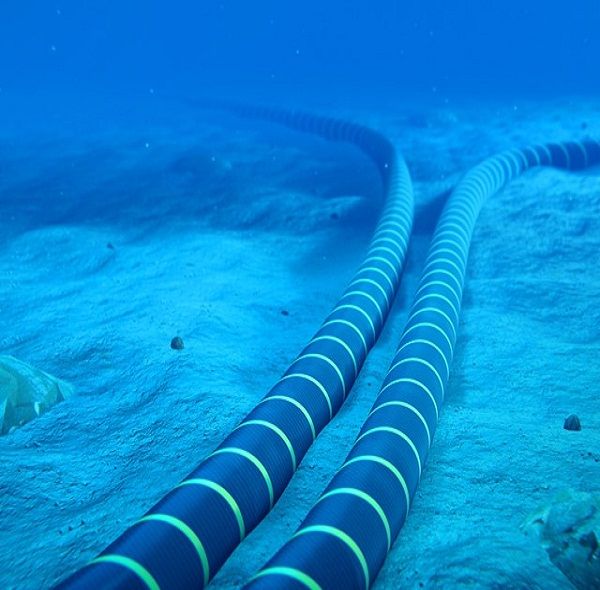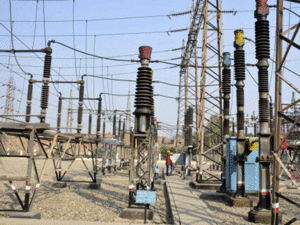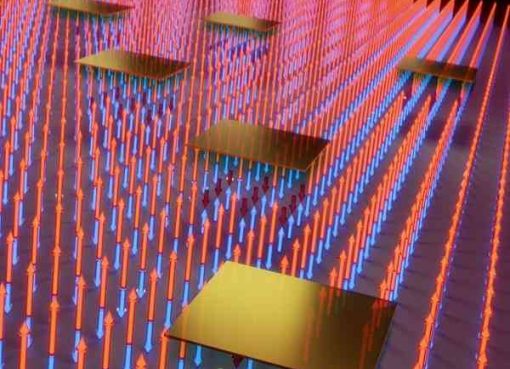A new technique that turns undersea power and telecom cables into environmental sensors could revolutionise the monitoring of the earth in remote locations, scientists at the National Physical Laboratory (NPL) have said.
This is due to the difficulty in installing and maintaining them, which can be prohibitively expensive. But it leaves a huge gap in geophysical data, limiting understanding of the Earth’s structure and its dynamic behaviour – datasets that can be used to predict earthquakes and monitor the impact of climate change among other phenomena.
A new method has been developed that can be used to convert these cables into an array of sensors. It has already been tested on a 5,860 km-long intercontinental submarine optical-fibre link between the UK and Canada. The cable, provided by EXA Infrastructure, is the largest dedicated digital infrastructure platform connecting Europe and North America.
The team showed the detection of earthquakes and ocean signals, such as waves and currents, on individual spans between repeaters spread across the entire transatlantic connection. The optical fibre in each span acted as a sensor.
Up to 12 sensors were implemented along the cable, although future upgrades will increase this number to 129. Crucially, the data from these sensors can be recorded continuously and in real time. The cable-based array of sensors can identify the epicentral area of earthquakes in the same way that land-based seismometers are able to.
By applying this new method to the existing network of submarine cables, huge areas of the ocean floor, which are currently unmonitored, could potentially be instrumented with thousands of permanent real-time environmental sensors. It would effectively transform underwater telecoms infrastructure into a giant array of geophysical sensors.
Integrating this new approach with current seismometer-based networks would substantially expand the global earthquake-monitoring infrastructure from land to the sea floor.
Due to optical-fibre cable’s sensitivity to environmental perturbations, the research also opens up the possibility of monitoring for other natural phenomena – for example, improving our understanding of deep-water flows, including the proposed slowing down of the Gulf Stream due to rising global temperatures.
Although not yet demonstrated in this research, the method could potentially also be used to monitor long-term seafloor temperature changes connected to climate change.
The research results also suggest that the method could be used for detecting tsunamis. Enabling the real-time detection of tsunami-inducing earthquakes closer to their off-shore epicentre could save lives by giving national government agencies crucial extra time to warn of an impending incident.
The research team now plans to test the method on multiple submarine cables, including those in more seismically active areas such as the Pacific Ocean where there are more opportunities to properly assess the ability to accurately detect tsunamis.
Giuseppe Marra, principal research scientist at NPL, said: “This new technique opens a new era for Earth monitoring by providing for the first time a feasible solution to the lack of environmental data from the bottom of seas and oceans.
“We can now harness existing underwater cables as a valuable tool for Earth sciences and beyond. This breakthrough is a perfect example of how ultra-stable optical-frequency metrology can transition from the laboratory to improve our understanding of the world and also deliver tangible benefits to society.”
Source: E&T










